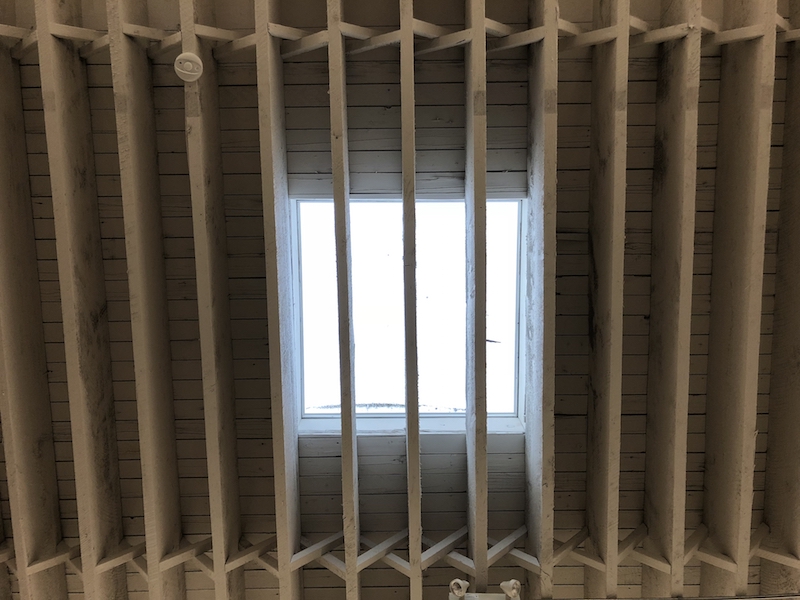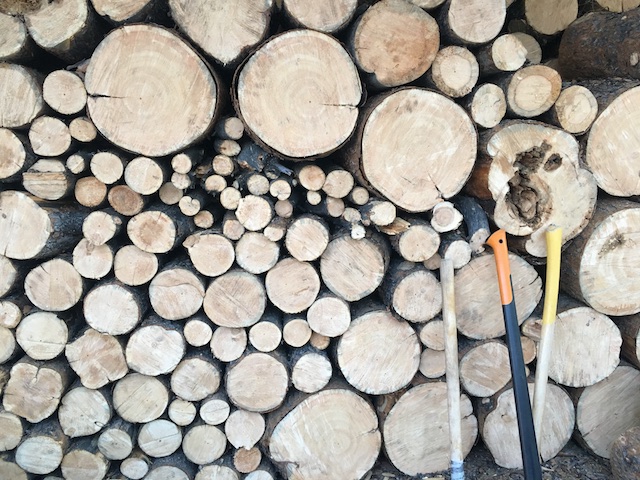
All facilitation work happens within containers and those containers are separated from the rest of the world by thresholds. When you enter a meeting, you are removing yourself from the world and entering into a space where specific work is being done. It’s no exaggeration to say that this is almost a ritual experience, especially if the work you are doing involves creating intangible outcomes such as team building, good relations, conflict resolution or community. Good participatory meetings have the characteristics of the Four Fold Practice within them: people are present and hosted with good process. They participate and co-create. …

Nadia has a small piece this morning on one element of good design, reflecting on a book review by Ian Pinasoo. I like the way she puts this: Great workshops are based on a creative challenge. A creative challenge is real and not fake. It matters. A creative challenge engages, pulls us in and takes us on a discovery tour. Responding to a creative challenge is like the hero’s journey of accepting a call, going through the process of revelation and returning with deep insights. I would add that if the challenge is anchored to a common need, and the people you have …
I think that doing strategic work with organizations and communities is really about learning. If a group is trying to confront newness and changes in its environment and needs to come up with new strategies to address those changes, then it needs to learn. I love the term “desire lines.” Most of my initial work with organizations tries to get at the desire lines in the organization; the patterns embedded in the culture that help or hinder change and resilience. Naming and making visible these entrained desire lines (including the ones that that group takes into the darkness of …

My friends over at the Social Labs Revolution website have been fielding questions about the prototyping phase of labwork and today published a nice compilation of prototyping resources. It’s worth a visit. It got me thinking this morning about some of the tools I use for planning these days.

As Bronagh Gallagher and I have been musing about our offering on complexity, facilitation and social justice, we have been discussing the shift in activism from ideology to evolutionary. Ideological movements try to coalesce activities and people along a line towards a fixed end state. Evolutionary movements start with intentions, principles and move outward in multiple directions along vectors. They adjust and learn as they go, and they both respond to and change their context. This nice post from Network Centered Advocacy capgtues what I’m talking about by first looking at how a lacrosse player’s artistry evolves in changing contexts …

